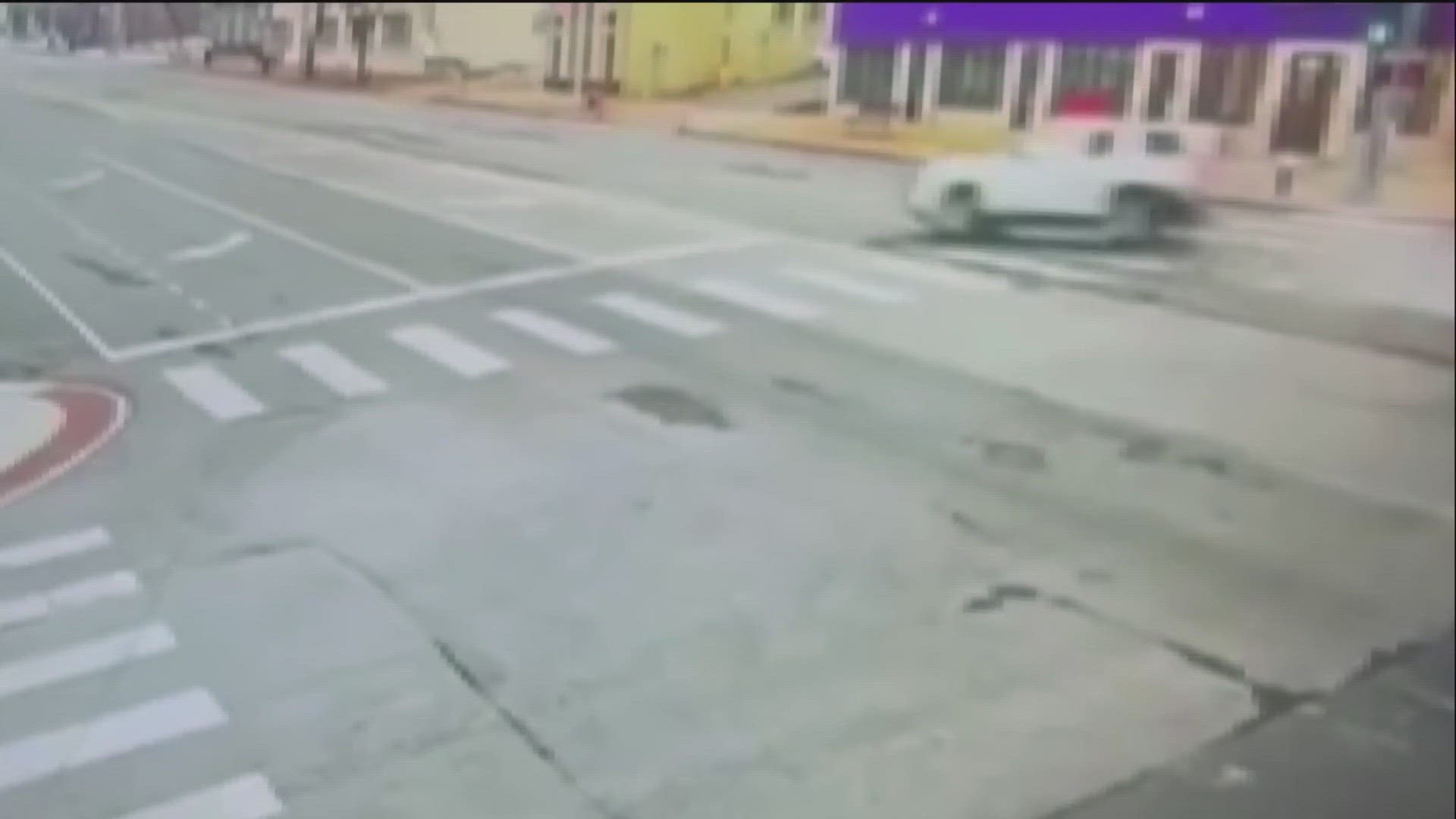ST. LOUIS — You can’t help an officer in need of aid if you never make it there.
It’s a lesson retired Oklahoma County Sheriff John Whetsel preaches to first responders who take the courses he now teaches in traffic safety.
And it’s a lesson two St. Louis officers learned the hard way Sunday after they blew through a red light and collided with a civilian’s car, which sent their SUV into a rollover crash.
The police department has released few details about the crash, confirming only that the driver has less than a year of experience on the force, his partner has a year, and that they were en route to a call for aid in the Central West End. The department also confirmed the officers were treated and released for non-life-threatening injuries, and the three civilians involved in the three cars hit by the police SUV all refused medical treatment at the scene.
The department did not answer the I-Team’s questions about policies when it comes to traveling through red lights at intersections during emergencies or say whether the officers were wearing seatbelts, or how fast they were traveling.
Video obtained exclusively by 5 On Your Side shows the police SUV speeding through the intersection without slowing, and a civilian vehicle, which had the right of way, colliding with it. It then rolls over several times and hits two more cars.
Missouri law requires first responders to slow down before passing through intersections.
It states first responders can “proceed past a red or stop signal or stop sign, but only after slowing down as may be necessary for safe operation."
It’s a class A misdemeanor if they don’t.
And it’s for good reason, Whetsel said.
“When you prepare an approach to enter an intersection, it needs to be done with caution,” Whetsel said. “A vehicle needs to be slowed where, if an approaching vehicle from a side street enters the intersection, you'll be able to stop and avoid a collision.
“It's as much for the safety of the officer as it is for the citizens.”
It is at least the second high-profile crash involving a St. Louis police SUV in recent weeks.
In December, a police SUV slammed into the front of a bar. The officer in that case admitted to getting distracted by his police radio when he lost control of his SUV. Surveillance cameras in the area also caught the SUV running a red light shortly before impact, but those officers were not on their way to any emergencies.
Both were working an overtime detail and were not injured.
Whetsel was happy to hear no civilians or officers were significantly injured during the recent crashes, as he says traffic incidents are the cause of many line-of-duty deaths and civilian deaths.
It’s an issue Whetsel knows first-hand.
In 1980, his wife and 2-year-old daughter were killed, and his 4-year-old daughter was critically injured when a fellow police officer broadsided them after blowing through a stop sign at 100 mph.
The officer was pursuing a motorcycle.
Whetsel was on duty that day and got called to respond to the scene.
“That’s how I learned the outcome of the crash,” Whetsel said.
Since then, he has devoted his career to training first responders on best driving practices, traveling the country to teach officers about the importance of safe driving.
He retired after a 50-year career in law enforcement and now leads the Traffic Safety Committee for the National Sheriff’s Association.
“We lose far too many officers every year to motor vehicle crashes and too often those are caused by actions that officers could have prevented,” he said.
And officer-in-need-of-aid calls heighten that sense of urgency to get there fast, Whetsel said.

